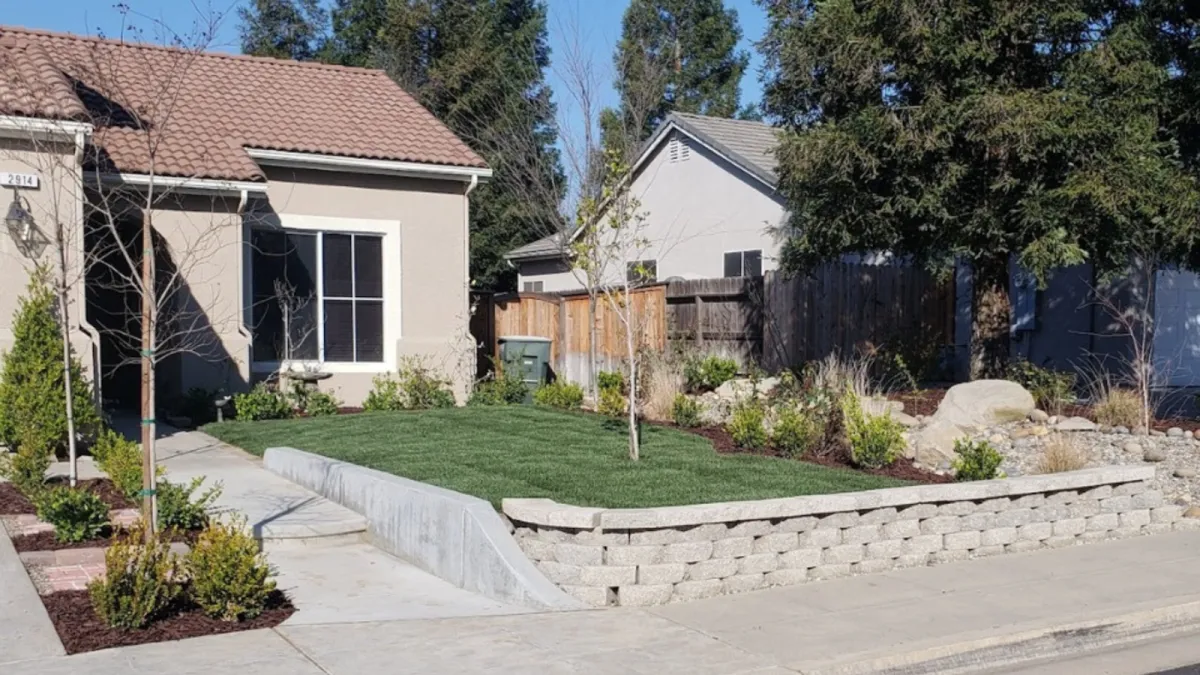BLOGS

What Factors To Consider When Planning A Landscaping Project?
When planning a landscaping project, think about the design and layout to achieve a unified and attractive appearance. Consider the local climate and soil type when choosing plants. Balance your budget to include desired features without overspending. Plan for maintenance to keep your landscape sustainable over time. Ensure the design meets practical needs for outdoor use. Prioritize sustainability by selecting eco-friendly materials and methods. Lastly, ensure compliance with local regulations and permits throughout the planning process.
Planning a landscaping project can be both exciting and daunting. The idea of transforming your outdoor space into a stunning oasis is thrilling, but the process requires careful consideration and meticulous planning. In this guide, we will check into the key factors to consider when planning a landscaping project, ensuring you achieve a beautiful and functional outdoor space. For top-notch landscaping services in Fresno, trust Ultimate Landscape & Tree Service, California's premier landscaping company.
Key Takeaways:
Set a realistic budget to avoid overspending.
Measure and map out your space for balanced layout.
Ensure you have the right tools for the job.
Consider sunlight exposure for plant health.
Identify underground utilities to prevent damage.
Design with your intended use in mind.
Evaluate property conditions for informed plant selection.
Choose a cohesive aesthetic style.
Key Factors to Consider
Budget
The first step in planning any landscaping project is setting a realistic budget. Carefully estimate all costs, including labor, materials, tools, and special features. It's essential to include a buffer for unexpected expenses. A well-defined budget helps avoid overspending and ensures the project stays on track financially.
Space
Accurately measure your yard and map out where you want to place different elements. Consider the size and shape of your space to ensure you have enough room for all desired features. Proper planning of space allocation helps in creating a balanced and harmonious layout.
Tools
Identify the specialized equipment or machinery you'll need to complete the project. Whether it's basic gardening tools or advanced machinery, having the right tools at hand is crucial for efficiency and precision in executing your landscaping plans.
Sunlight
Analyze the sun exposure in different areas of your yard. Understanding the pattern of sunlight will help you choose plants that will thrive in the available light. This consideration is vital for the health and growth of your plants, ensuring a lush and vibrant garden.
Plumbing
Locate underground pipes and utilities before starting your project. This step is critical to avoid damaging essential infrastructure during the landscaping process. It helps prevent costly repairs and ensures the safety of your project.
Intended Use
Consider how you want to use the space. Whether it's for entertaining, relaxing, or gardening, your intended use will guide the design and functionality of your landscape. Tailoring the design to meet your lifestyle needs ensures maximum enjoyment of your outdoor space.
Property Conditions
Evaluate factors such as climate, topography, soil type, and drainage. These conditions significantly impact plant selection and placement. Understanding your property's unique characteristics allows for more informed decisions, leading to a sustainable and thriving landscape.
Desired Style
Decide on an overall aesthetic for your landscape. Whether you prefer a modern, traditional, or eclectic style, having a clear vision helps create a cohesive and visually appealing design. Consistency in style ties all elements together, enhancing the overall look of your outdoor space.
Choosing the Right Plants for Your Landscape
Selecting the right plants is crucial for a successful landscaping project. Consider factors such as climate, soil type, and sunlight exposure to ensure the plants will thrive. Opt for native plants as they are better adapted to the local environment and require less maintenance. Additionally, think about the color palette and seasonal interest to create a visually appealing garden year-round.
Sustainable Landscaping Practices
Sustainability is becoming increasingly important in landscaping. Implementing sustainable practices such as water-efficient irrigation systems, composting, and using organic fertilizers can significantly reduce the environmental impact of your project. Sustainable landscaping not only benefits the environment but also creates a healthier and more resilient garden.
Hardscaping Elements to Enhance Your Yard
Hardscaping refers to the non-plant elements of your landscape, such as patios, walkways, and retaining walls. These features add structure and functionality to your yard. When planning hardscaping elements, consider the materials, style, and layout to complement your overall landscape design. Properly integrated hardscaping can enhance the usability and aesthetic appeal of your outdoor space.
The Importance of Professional Lawn Maintenance
Regular lawn maintenance is essential for keeping your landscape looking its best. Professional lawn care services can provide expert knowledge and equipment to ensure your lawn remains healthy and vibrant. Services such as mowing, fertilizing, aeration, and pest control are critical for maintaining a lush and green lawn.
Designing a Functional Outdoor Living Space
Creating an outdoor living space extends your home's living area and provides a perfect spot for relaxation and entertainment. When designing an outdoor living space, consider elements such as seating, lighting, and shelter. Incorporating features like outdoor kitchens, fire pits, and pergolas can enhance the functionality and enjoyment of your outdoor area.
FAQs
What is the first step in planning a landscaping project?
The first step is setting a realistic budget. This helps guide your decisions and ensures you don't overspend.
How do I choose the right plants for my yard?
Consider your climate, soil type, and sunlight exposure. Opt for native plants that are adapted to your local environment.
Why is it important to consider underground utilities?
Identifying underground utilities prevents damage during the project, avoiding costly repairs and ensuring safety.
What tools do I need for a landscaping project?
The tools required depend on the scope of your project. Basic gardening tools, as well as specialized equipment like trenchers or sod cutters, may be necessary.
How can I make my landscape more sustainable?
Implement water-efficient irrigation, composting, and organic fertilizers. Choose native plants and incorporate sustainable practices in your design.
Transform Your Yard with Ultimate Landscape & Tree Service
Planning a landscaping project involves numerous considerations, from budgeting to choosing the right plants and tools. By thoughtfully addressing each factor, you can create a stunning and functional outdoor space. For expert assistance in bringing your landscaping vision to life, trust Ultimate Landscape & Tree Service. With years of experience and a commitment to excellence, we ensure your satisfaction with every project.
Ultimate Landscape & Tree Service is here to help! As California's premier landscaping company, we offer a range of services to meet all your landscaping needs. Contact us now to start planning your dream yard. Visit our website or call us today to schedule a consultation. Let's create a beautiful and functional landscape together!

Contact Us
Monday - Friday: 9am - 5pm
Saturday: Closed
Sunday: Closed
Connect With Us
Financing Available
© 2025 Ultimate Landscape & Tree Service LLC. All Rights Reserved. Privacy Policy. Terms & Conditions. Web Design By Fused Media.
